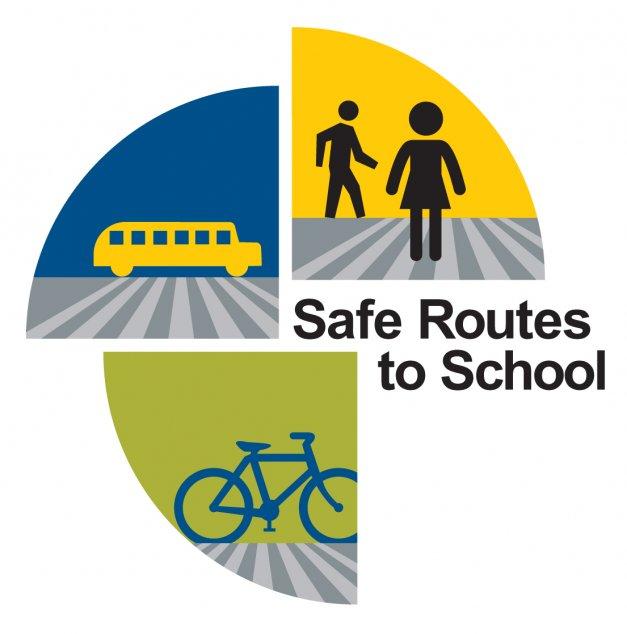Kick off the School Year with Safe Routes To School
The new school year offers an opportunity to work with local schools to ensure that students in your community have safe ways to walk and bike to school. In addition to improving safety, Safe Routes to School programs provide many community benefits, such as promoting healthy lifestyle habits and reducing busing costs and traffic congestion.
New Funding Structure
The funding structure for the Safe Routes to School programs changed in 2014; however, all the same types of projects and programs are eligible for funding. The program is now funded through the state’s larger Active Transportation Program, along with other types of walking and biking projects not associated with schools.
Approximately $360 million in competitive grants will be awarded in California this year. Half of these grants — portions of which are reserved for disadvantaged communities and Safe Routes to School programs — will be awarded by Caltrans through a statewide competition.
The other half of the funds will be passed through to regional transportation planning agencies, which will make grants to local communities and other qualified recipients. Eighty percent of the pass-through funds are earmarked for large urban regions. The remaining 20 percent of the funds is reserved for rural areas.
The first round of proposals was due in May. The next application period opens this fall. For more information on project selection criteria and proposal deadlines, visit www.catc.ca.gov/programs/ATP.htm.
Safe Routes to School Online Toolkit
The Institute for Local Government (ILG) has developed an online toolkit (at www.ca-ilg.org/SRTS-toolkit) to support cities, schools and county officials and their executive staff who are working to promote pedestrian and bike safety for students and to expand active transportation choices for all residents through Safe Routes to School and other programs.
The online toolkit includes:
- A guide to getting started, including questions to ask and the conditions that must be in place to implement Safe Routes to School and encourage more active forms of local transportation;
- An overview of how individuals, agencies, departments and planning processes can influence transportation infrastructure in California;
- Funding sources, including information on the Active Transportation Program funds, nongovernmental funding sources and the benefits of forming partnerships; and
- Tools to help plan, implement, monitor and finance programs and facilities that support nonmotorized (or “active”) transportation and examples of communities that have implemented these tools.
By considering Safe Routes to School in the regional context of transportation and land-use policies and plans, local decision-makers can bring together multiple resources to create areas where students and the community have safe, enjoyable places to walk and bike. Collaboration and coordination across local and regional jurisdictions are smart ways to foster active communities. By using Safe Routes to School as a platform to collaborate across jurisdictions, local decision-makers can leverage funding and coordinate community infrastructure investments.
This article appears in the September 2014 issue
of Western City
Did you like what you read here? Subscribe to Western City

